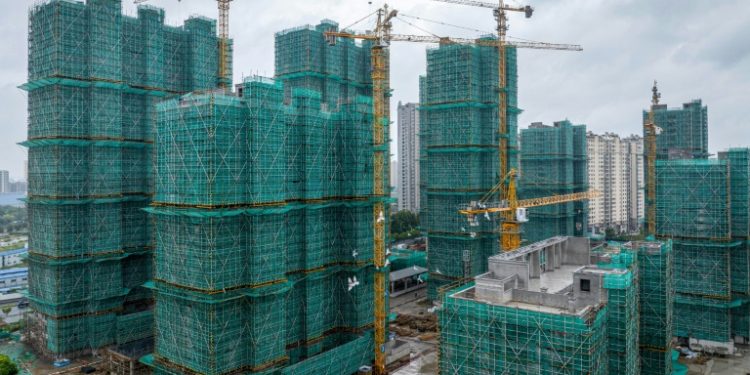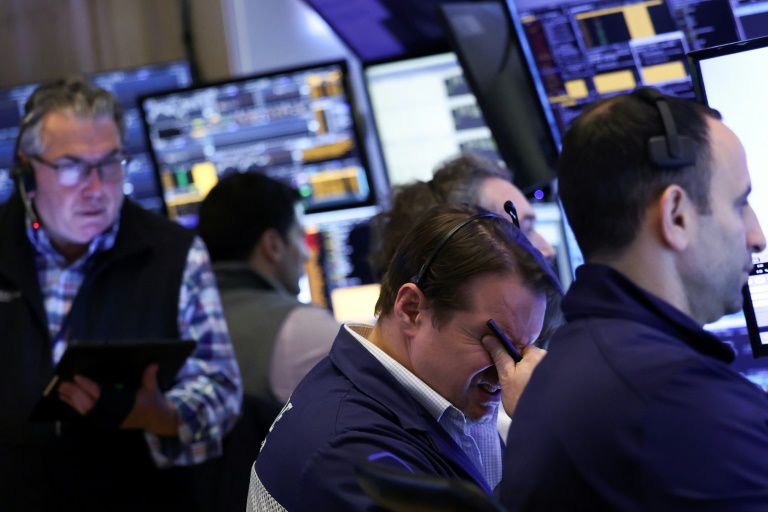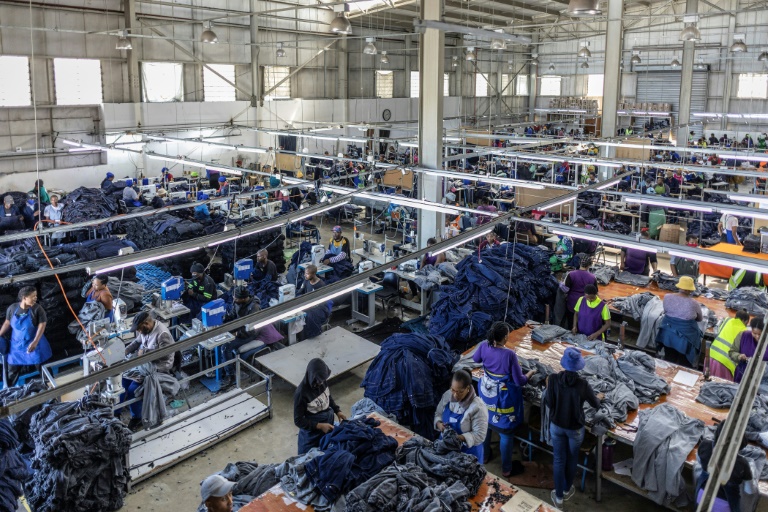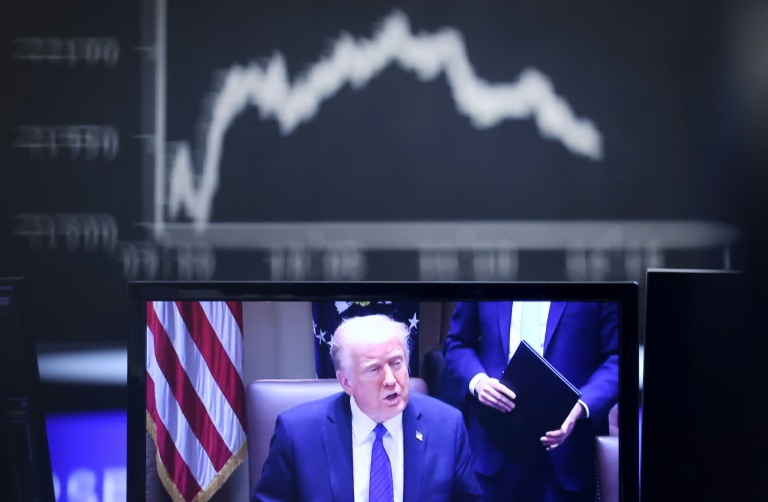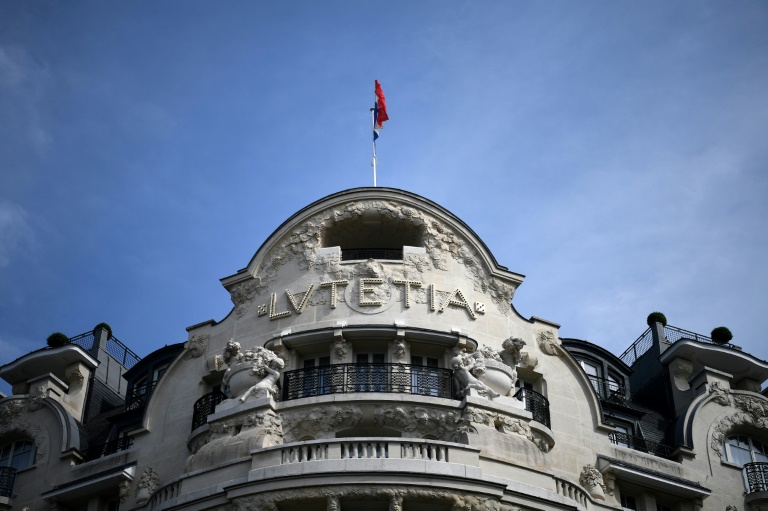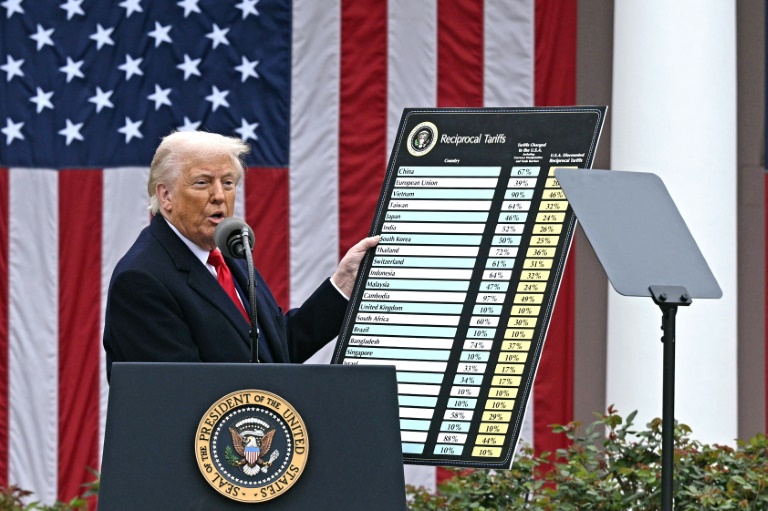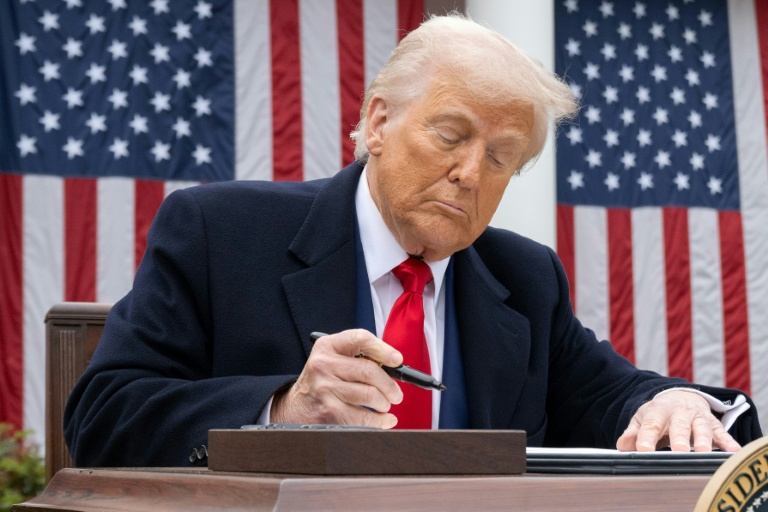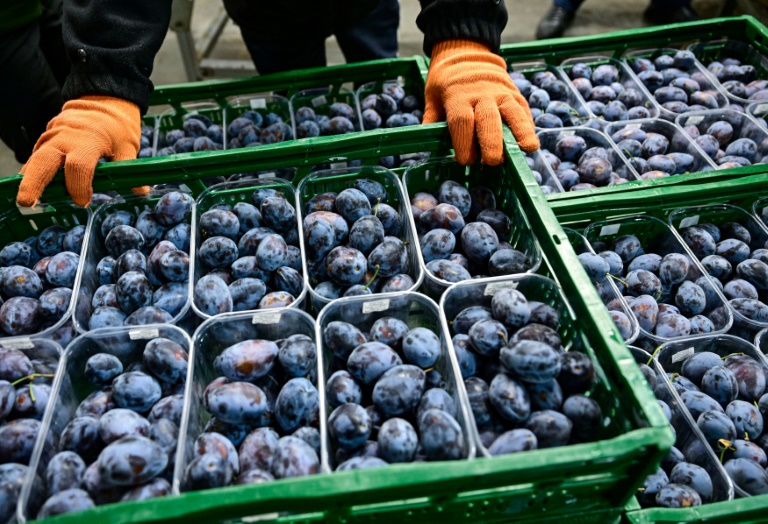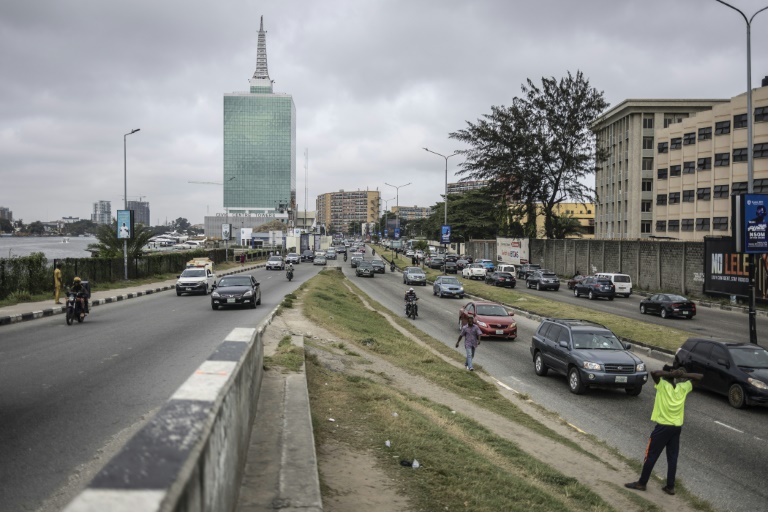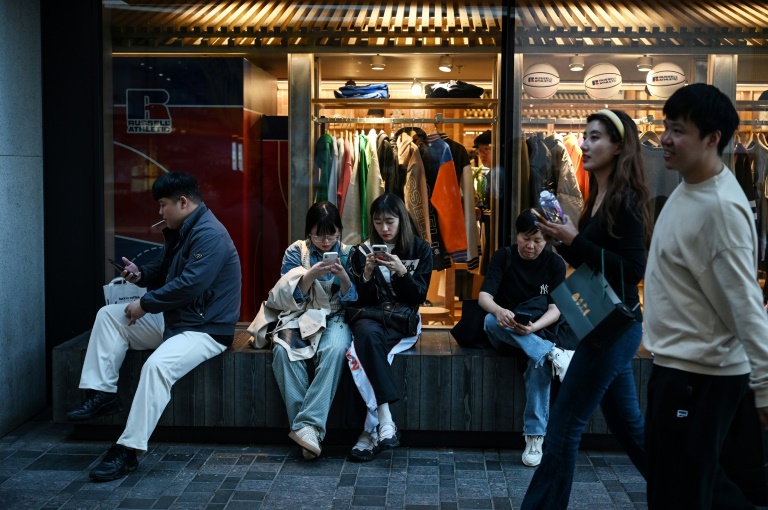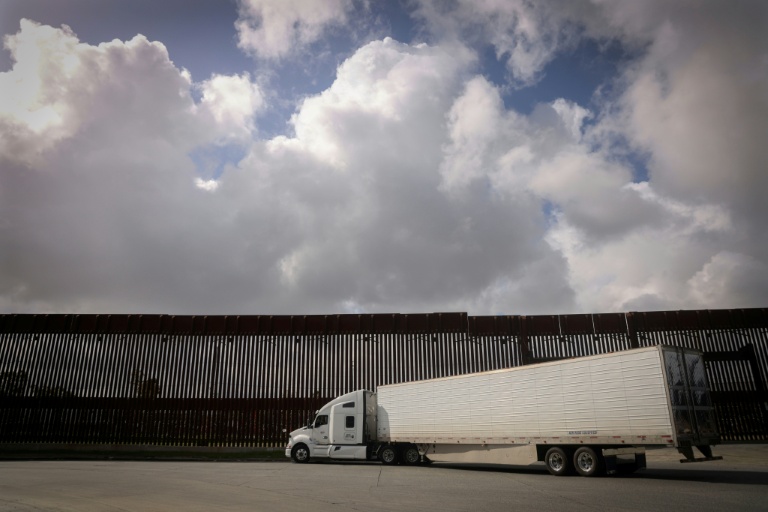Beijing (AFP) – China posted its slowest growth in a year and a half on Friday, underlining the deep economic woes the country faces as its central bank launched a new bid to boost markets and hinted at a further rate cut in coming months. Investors are eagerly awaiting more detailed plans from Beijing, which has in recent weeks unveiled a slew of stimulus measures to reignite the world’s number two economy.
Chinese leaders are targeting annual growth of five percent this year, but that goal is being challenged by sluggish consumption and a prolonged and debilitating debt crisis in the country’s colossal property sector. After a blistering market rally fuelled by hopes for a long-awaited “bazooka” stimulus, optimism has tapered as authorities refrained from providing a specific figure for the bailout.
On Friday, Beijing’s National Bureau of Statistics (NBS) said the economy expanded 4.6 percent year-on-year in the third quarter, down from 4.7 in the previous three months and the slowest since early 2023, when China was emerging from its strict zero-Covid policy. The NBS acknowledged a “complicated and severe external environment…as well as new problems of domestic economic development”.
Still, figures showing a forecast-beating rise in September retail sales—a gauge of consumer activity—provided a ray of light after a string of below-par readings on a range of indicators including inflation, investment, and trade. They came as China’s central bank on Friday launched a swap facility for funds and insurers with an “initial application quota exceeding 200 billion yuan” ($28.1 billion), state media said. The mechanism implemented by the People’s Bank of China (PBoC) will provide greater liquidity for capital markets, which policymakers hope will offer support for the wider economy.
– ‘Rollercoaster’ –
And in a possible sign of more relief to come, PBoC chief Pan Gongsheng said Friday that officials were considering a further cut to the amount commercial lenders must hold in reserve before the end of the year. State media said just before Friday’s GDP data release that the country’s top banks had cut interest rates on yuan deposits for the second time this year as part of a move to boost lending.
Beijing has said it has “full confidence” in achieving its annual growth goal of five percent, but economists say more direct fiscal stimulus is needed to revive activity and restore business confidence. “The will-they-won’t-they of announcements has made the process a rollercoaster for markets,” said Harry Murphy Cruise, Economist at Moody’s Analytics. He added that the latest data and new measures likely keep this year’s growth target “within reach”. “But more is required if officials are to address the structural challenges in the economy.”
Recent weeks have seen authorities unveil a raft of measures to funnel cash into the economy including a string of rate cuts and loosened restrictions on home-buying.
– ‘Still unclear’ –
The recent raft of announcements is a move “in the right direction”, said Benson Wu, China and Korea economist at Bank of America Global Research. “That said, the size and the form of fiscal supports are still unclear,” Wu told AFP.
One major headache facing the economy has been a prolonged crisis in the property sector, which has long been a key driver of growth but is now mired in a sea of debt. On Thursday, officials said they would boost credit available for unfinished housing projects to more than $500 billion, a move intended to boost activity in the property sector. But as with a stream of much-touted briefings in the past week, the news conference failed to impress with its lack of big-ticket financial pledges.
Underlining the continued woes in the sector, data on Friday showed prices of new homes fell in 68 out of 70 large and medium-sized cities surveyed by statistics authorities in September.
© 2024 AFP

